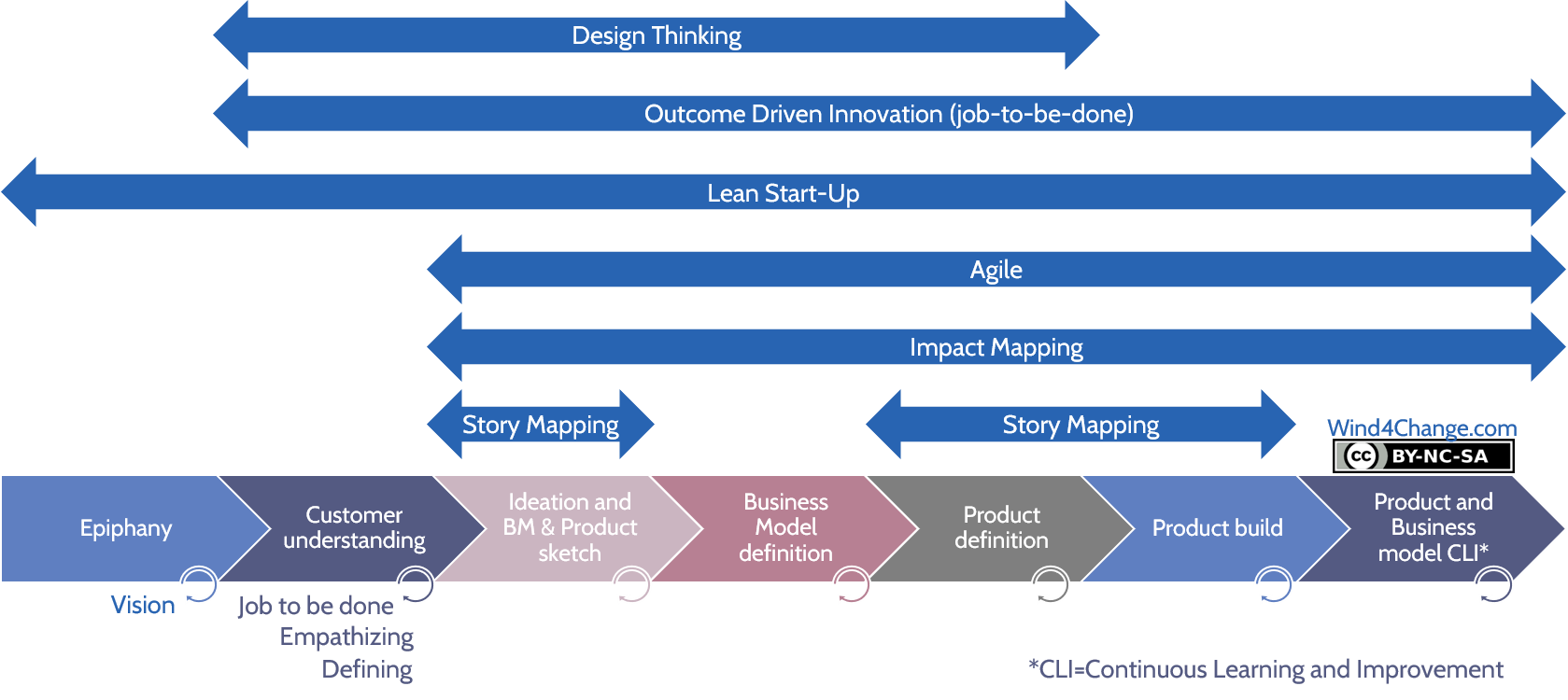Introduction
Agile Style is transforming the method groups establish, examination, and launch items. Integrating active approach with style thinking, Agile Design offers a versatile and repetitive technique that enables teams to react rapidly to market shifts, integrate individual feedback, and continuously enhance item top quality. As services increasingly go for a quicker time-to-market and a better customer experience, Agile Design has actually become a valuable method.
What is Agile Style?
At its core, Agile Design is the blend of agile growth concepts with user-centered style methods. Agile Layout inevitably leads to an item that fulfills individuals' requirements much more efficiently.
Secret Concepts of Agile Layout
User-Centric Technique: Agile Layout places customers at the. By constantly testing and refining based on comments, developers make sure the product straightens with real-world individual assumptions and demands.
Collaboration: Agile Design highlights team effort, breaking down silos and encouraging close partnership between developers, developers, and stakeholders. This boosts interaction and ensures that each group participant's insights inform layout choices.
Iterative Development: Agile Style counts on iterative cycles-- short, concentrated sprints of work that cause quick prototypes and fast screening. This makes it possible for teams to identify and deal with concerns early, enhancing both rate and high quality.
Adaptability: Agile Layout adjusts to changing demands throughout the task. Groups prioritize versatility, changing as individual needs advance or market conditions change.
 Benefits of Agile Style
Benefits of Agile Style
Agile Layout provides numerous crucial benefits. It accelerates time-to-market by developing space for fast modifications, reduces thrown away resources, and lowers the danger of providing an item that disappoints individual assumptions. In Addition, Agile Layout cultivates a culture of versatility, making it much easier for teams to pivot as new understandings arise.
Carrying Out Agile Design
To apply Agile Design, begin by damaging down the design procedure into sprints, establishing clear purposes for each phase. Foster a culture of cross-functional cooperation by encouraging interaction between all entailed groups. Consistently test designs with genuine customers to make sure that the product remains straightened with progressing requirements.
Integrating active method with design thinking, Agile Design uses a flexible and iterative technique that allows groups to respond promptly to market changes, integrate user comments, and continuously boost item top quality. At its core, Agile Style is the mix of nimble development principles with user-centered style strategies. Agile Style ultimately leads to a product that meets individuals' demands a lot more properly.
To implement Agile Layout, start by damaging down the layout process into sprints, establishing clear objectives for each stage.
Agile Style is transforming the method groups establish, examination, and launch items. Integrating active approach with style thinking, Agile Design offers a versatile and repetitive technique that enables teams to react rapidly to market shifts, integrate individual feedback, and continuously enhance item top quality. As services increasingly go for a quicker time-to-market and a better customer experience, Agile Design has actually become a valuable method.
What is Agile Style?
At its core, Agile Design is the blend of agile growth concepts with user-centered style methods. Agile Layout inevitably leads to an item that fulfills individuals' requirements much more efficiently.
Secret Concepts of Agile Layout
User-Centric Technique: Agile Layout places customers at the. By constantly testing and refining based on comments, developers make sure the product straightens with real-world individual assumptions and demands.
Collaboration: Agile Design highlights team effort, breaking down silos and encouraging close partnership between developers, developers, and stakeholders. This boosts interaction and ensures that each group participant's insights inform layout choices.
Iterative Development: Agile Style counts on iterative cycles-- short, concentrated sprints of work that cause quick prototypes and fast screening. This makes it possible for teams to identify and deal with concerns early, enhancing both rate and high quality.
Adaptability: Agile Layout adjusts to changing demands throughout the task. Groups prioritize versatility, changing as individual needs advance or market conditions change.
 Benefits of Agile Style
Benefits of Agile StyleAgile Layout provides numerous crucial benefits. It accelerates time-to-market by developing space for fast modifications, reduces thrown away resources, and lowers the danger of providing an item that disappoints individual assumptions. In Addition, Agile Layout cultivates a culture of versatility, making it much easier for teams to pivot as new understandings arise.
Carrying Out Agile Design
To apply Agile Design, begin by damaging down the design procedure into sprints, establishing clear purposes for each phase. Foster a culture of cross-functional cooperation by encouraging interaction between all entailed groups. Consistently test designs with genuine customers to make sure that the product remains straightened with progressing requirements.
Integrating active method with design thinking, Agile Design uses a flexible and iterative technique that allows groups to respond promptly to market changes, integrate user comments, and continuously boost item top quality. At its core, Agile Style is the mix of nimble development principles with user-centered style strategies. Agile Style ultimately leads to a product that meets individuals' demands a lot more properly.
To implement Agile Layout, start by damaging down the layout process into sprints, establishing clear objectives for each stage.



